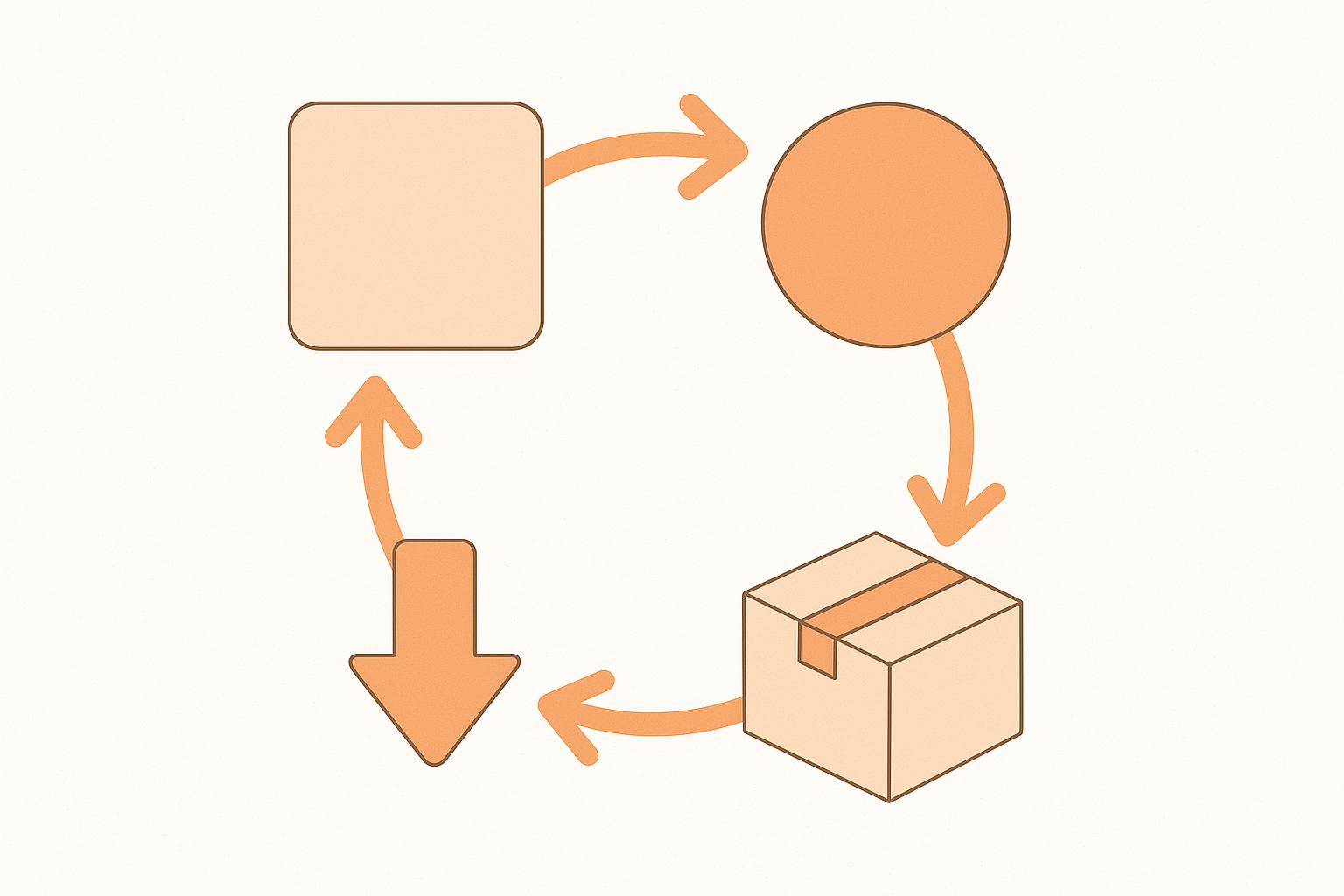Logistics Carbon Footprint Calculator Tool

Understanding Your Shipping Emissions with a Logistics Calculator
In today’s world, sustainability isn’t just a buzzword—it’s a responsibility. Businesses and individuals alike are looking for ways to minimize their environmental impact, especially when it comes to logistics and transportation. That’s where a tool to measure your shipping emissions comes in handy. It offers a clear picture of how much CO2 your transport activities release, empowering you to make informed decisions.
Why Tracking Transport Impact Matters
Shipping goods across cities or continents often involves multiple modes of transport, each with its own carbon output. For instance, air freight tends to produce far more greenhouse gases per mile than rail or sea options. By analyzing these differences, you can identify opportunities to switch to greener alternatives without sacrificing efficiency. Plus, understanding your footprint is the first step toward setting reduction goals or investing in offset programs.
Taking Action for a Greener Future
Armed with data from a logistics emissions tracker, you’re better equipped to tweak your supply chain for the planet’s benefit. Maybe it’s consolidating shipments to cut down on trips or choosing a slower but cleaner transport method. Small changes add up, and with the right insights, you’re contributing to a more sustainable tomorrow.
FAQs
How accurate is this carbon footprint calculator for shipping?
Our tool uses standard emission factors based on widely accepted data, like those from the EPA and other environmental agencies. While it’s not 100% precise for every unique scenario—since factors like weather or specific vehicle efficiency can vary—it gives a solid estimate for most logistics activities. Think of it as a reliable starting point to understand and manage your impact.
Can I calculate emissions for multiple transport modes in one shipment?
Absolutely! If your shipment involves a mix of transport—like a truck to a port, then a sea journey, and finally rail to the destination—you can input each leg separately. The tool will break down the emissions for each mode, so you can see which part of the journey has the biggest environmental footprint and adjust accordingly.
What are carbon offsets, and how does the cost estimate work?
Carbon offsets are a way to compensate for your emissions by funding projects that reduce or capture CO2 elsewhere, like reforestation or renewable energy initiatives. Our tool provides a rough cost estimate—around $10 per ton of CO2 equivalent—based on average market rates for offsets. It’s not a direct purchase but a ballpark figure to help you plan if you’re considering this option.
Related Articles

How to Track Reverse Logistics Metrics

Best Practices for Renewable Energy in 3PL Operations

